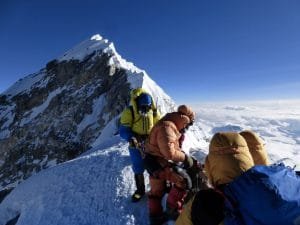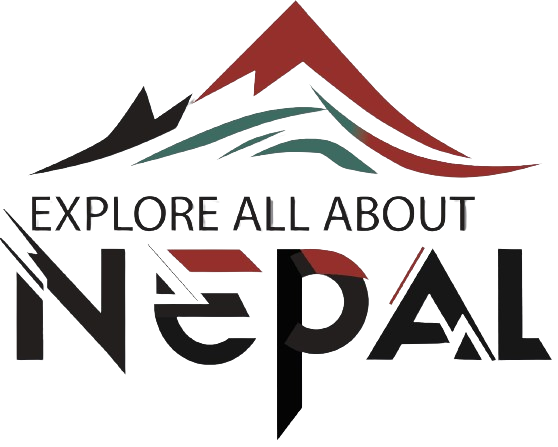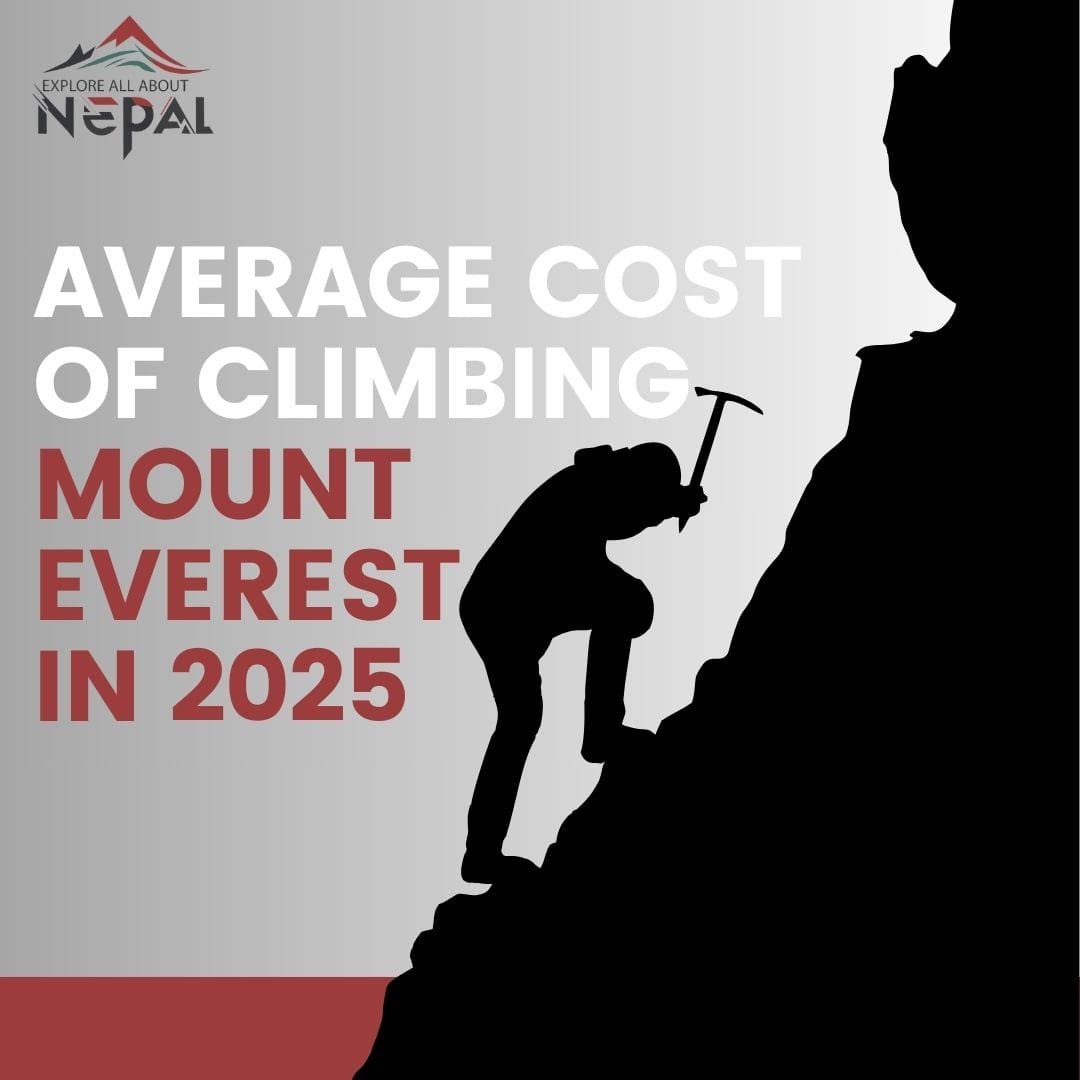Mount Everest, the world’s tallest peak at 8,848.86 meters (29,031.7 feet), has been a dream for many adventurers. However, fulfilling this dream comes with a significant financial cost. As of 2025, the price of climbing Everest continues to rise, influenced by multiple factors, including inflation, environmental regulations, and enhanced safety measures. In this blog, we’ll break down the estimated costs, examine why they are increasing, and explore what climbers need to budget for this incredible journey. Nepal has increased the Everest climbing permit fee by 36%, raising it from $11,000 to $15,000 per person for foreign climbers.

Mount Everest
Estimated Cost of Climbing Mount Everest in 2025
The cost of climbing Mount Everest varies based on the expedition package, season, and level of service. Here’s a breakdown of the typical expenses climbers can expect in 2025:
1. Permits and Fees
Permits and Fees
- Climbing Permit (Nepal Side): $15,000 per person (increased from $11,000)
- Trekking and National Park Fees: Approximately $700
- Garbage Deposit Fee: $4,000 (refundable if climbers adhere to waste regulations)
2. Expedition Operator Costs
- Budget Expeditions: $35,000–45,000 per person
- Mid-Range Expeditions: $50,000–60,000 per person
- Luxury Expeditions: $70,000–100,000+ per person
3. Additional Costs
- Travel to Nepal: $1,500–3,000 (round-trip flight)
- Gear and Equipment: $8,000–12,000
- Personal Sherpa Services: $5,000–10,000
- Oxygen Cylinders and Masks: $3,000–5,000
- Insurance (Health and Evacuation): $1,000–5,000
- Tips for Sherpas and Staff: $500–1,500
Why the Cost Is Increasing in 2025
The rising cost of climbing Everest in 2025 can be attributed to several factors:
1. Government Increase in Permit Fees
The Nepal government increased the climbing permit fee by 36%, raising it from $11,000 to $15,000 per person for foreign climbers. This increase aims to:
- Enhance Mountain Safety: The additional funds are allocated to improving infrastructure, communication systems, and rescue operations on the mountain to ensure climber safety.
- Support Environmental Initiatives: A portion of the increased fees is used to fund cleanup drives, waste management programs, and measures to reduce the environmental impact of high-altitude tourism.
- Boost Local Economy: The government channels part of the revenue to support local communities, including hiring and training Sherpas and developing surrounding regions.
2. Enhanced Safety Measures
Climbing Everest is a perilous endeavor, and recent years have seen an increase in accidents due to overcrowding and unpredictable weather. To address these challenges, operators are investing more in safety equipment, experienced guides, and better communication technology. These improvements come at a cost, which is passed on to climbers.
3. Stricter Environmental Regulations
Nepal has implemented stricter regulations to combat the environmental degradation caused by increasing numbers of climbers. Climbers are now required to carry all waste back down, and operators must adhere to stricter rules regarding garbage disposal and environmental impact. Compliance with these regulations adds logistical expenses.
4. Inflation and Global Economic Factors
The global rise in inflation has affected the cost of goods and services in Nepal, including transportation, food, and wages for local staff. Additionally, the cost of importing high-quality climbing equipment and oxygen supplies has risen due to increased shipping and production costs.
5. Limited Climber Quotas
To reduce overcrowding on the mountain, Nepal has hinted at limiting the number of permits issued each year. While this move is essential for safety and environmental preservation, it could drive up demand, making the overall cost of expeditions higher.
6. Rising Insurance Premiums
Due to the inherent risks of high-altitude climbing, insurance premiums for Everest expeditions have increased. Climbers are now required to purchase comprehensive insurance, which adds to the overall cost.
Is Climbing Mount Everest Still Worth It?
Despite the rising costs, climbing Mount Everest remains a once-in-a-lifetime achievement for adventurers. The sense of accomplishment, breathtaking views, and opportunity to push personal limits make it an unforgettable experience. However, it’s essential to carefully evaluate your budget, physical readiness, and choice of expedition operator before committing to this monumental journey.
Tips for Reducing Costs Without Compromising Safety
- Join Group Expeditions: Opting for group packages can significantly lower costs compared to private expeditions.
- Rent Gear: If you’re a first-time climber, renting equipment can save you thousands of dollars.
- Choose Shoulder Seasons: Consider climbing in pre-monsoon (April-May) or post-monsoon (September-October) for potential savings.
- Research Operators: Select reputable operators offering mid-range packages that balance cost and quality.
- Prepare in Advance: Train extensively to avoid delays or additional expenses caused by inadequate preparation.
Conclusion
Climbing Mount Everest in 2025 is a costly endeavor, with expenses ranging from $30,000 to over $160,000. While the rising costs may deter some, they reflect the growing emphasis on safety, environmental responsibility, and sustainable tourism. For those committed to the challenge, thorough planning and budgeting are key to making this dream a reality. Remember, the journey to the roof of the world is as much about personal growth as it is about reaching the summit.


